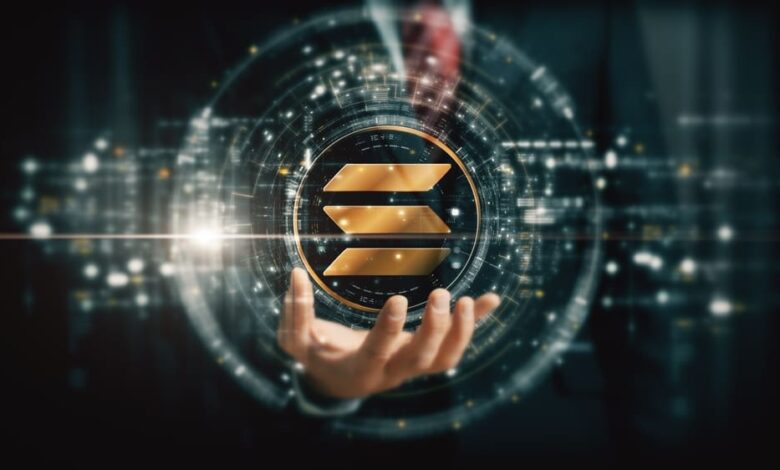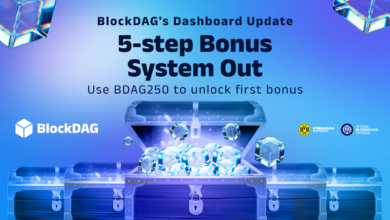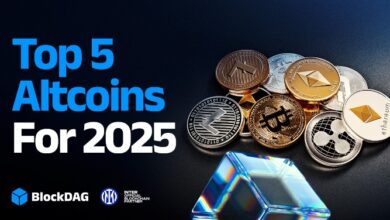
Unveiling the Controversy: Solana’s DeFi and the MEV Debate
In recent times, Solana’s Decentralized Finance (DeFi) ecosystem has become a hotbed of discussion, particularly concerning Maximum Extractable Value (MEV) strategies. Such strategies have prompted significant debate within the cryptocurrency community, shedding light on both the opportunities and challenges present within Solana’s blockchain architecture.
The Impact of MEV Sandwich Attacks on Solana
Reports indicate that a single validator on the Solana network has managed to extract over $60 million from “Sandwich Attacks” in just one month. This exploitation leverages Solana’s unique blockchain infrastructure, which facilitates MEV activities, often at the expense of unsuspecting users.
Notable on-chain and DeFi analyst, 0xngmi, who is a core developer of DefiLlama, has highlighted the staggering profits generated by these tactics. He remarked, “And that’s only profits… Total user losses are higher because you need to include validator bribes,” referring to the transaction fees users are coerced into paying.
Arsc: The Solana Validator Benefiting from MEV Tactics
The discussion took center stage when Ben, a core developer at Temporal, brought the issue to light. He pinpointed three accounts associated with a validator named Arsc, which were employed to execute these attacks and accumulate profits.
Arsc, as identified, is a Solana validator that exploits its block-producing capabilities to engage in front-running tactics, aimed at maximizing its revenue through MEV strategies.
The Centralization Threat in Solana’s Ecosystem
Millions of dollars are siphoned away daily by entities like vpe (also known as arsc), who operate leading sandwich bots. The crux of the issue isn’t solely about MEV but the centralization of such activities, posing a substantial threat to Solana’s decentralized nature.
Ben proposes solutions such as whitelisting or blacklisting validators or utilizing a public mempool. Yet, these suggestions have faced criticism for potentially fostering centralization.
Viktor Bunin, a Protocol Specialist at Coinbase, argues, “Whitelist/blacklist just leads to censorship, centralization, and backroom deals.” He suggests alternatives like improved slippage parameterization, better decentralized exchange (DEX) design, or solutions akin to Flashbots Protect to mitigate sandwich attacks.
Understanding MEV Sandwich Attacks and Solana’s Role
MEV Sandwich Attacks involve manipulating transaction orders to profit off regular users. This tactic ensures users receive unfavorable prices, allowing attackers to profit.
These activities are primarily conducted by validators or those with access to private mempools, who strategically place transactions around a user’s trade to maximize their gains, a practice detrimental to the fairness of the trading environment.
Solana’s architecture, known for its rapid transaction processing, inadvertently facilitates such attacks due to the lack of an in-protocol mempool. Validators employing private mempools can preemptively manipulate transactions before finalization, leading to considerable MEV earnings at the expense of user experience.
Moreover, Solana’s design obscures MEV tactics like sandwich attacks, raising concerns about transparency and the true source of Solana’s Real Economic Value (REV).
While supporters often tout REV as a metric distinguishing Solana from competitors, Mert, CEO of Helius Labs, clarifies that sandwich attacks comprise only a minor portion of the chain’s REV.
“The last piece of data on this [sandwich attacks] is that it’s a single digit of total rev,” Mert explained, emphasizing that most revenue stems from transaction prioritization.
Looking Forward: Solutions and Precautions for Users
As the discourse progresses, traders, investors, and enthusiasts continue to explore potential remedies for MEV sandwiching. Users seeking to avoid such attacks might consider utilizing tools like those offered by Helius or opting for blockchain networks with inherent MEV protection, such as MultiversX (EGLD).







